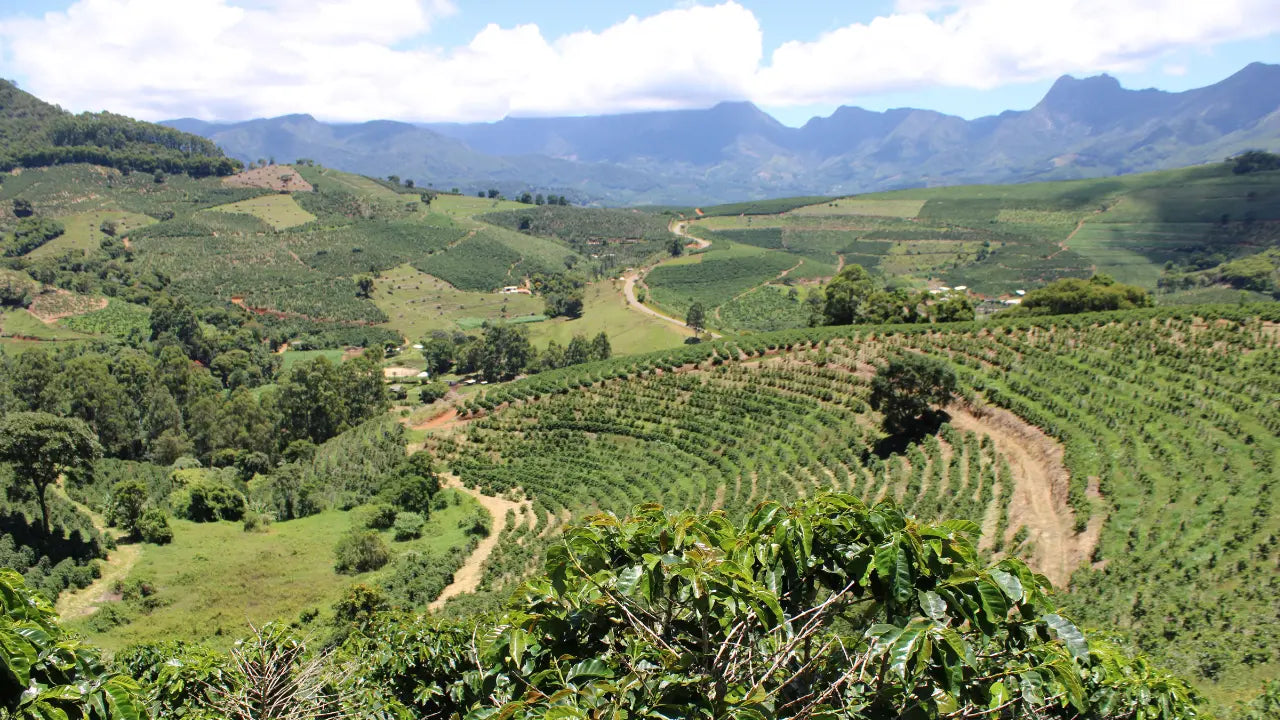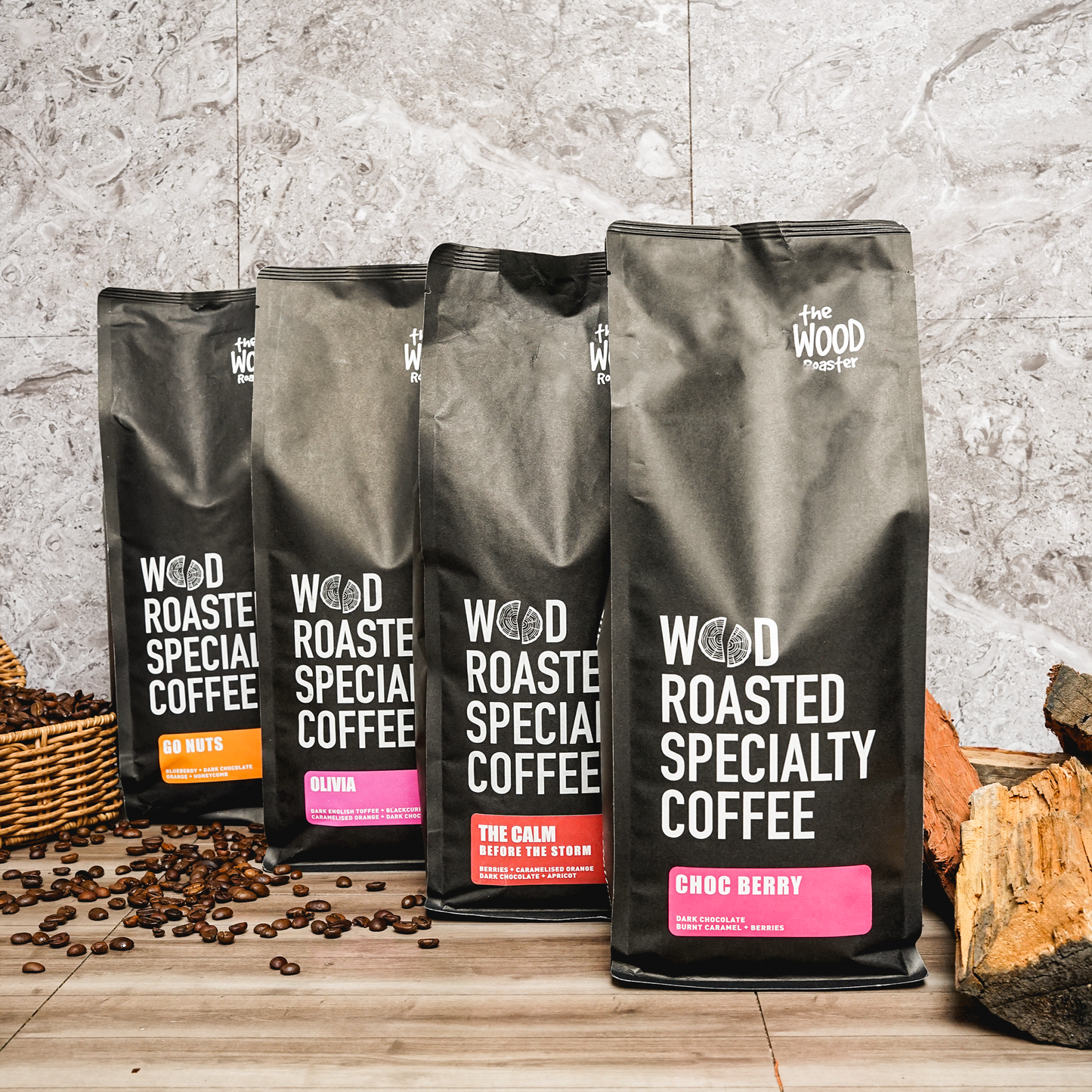
When you sip your morning coffee, you’re tasting more than just roasted beans, you’re tasting the story of where those beans were grown. Just like wine reflects the terroir of the vineyard, coffee carries the unique fingerprint of its origin. From the altitude and soil to climate and processing methods, every factor influences the flavour notes in your cup.
At The Wood Roaster, we’ve always believed coffee is more than fuel, it’s an experience. And the best way to appreciate that experience is by understanding how origin shapes flavour.
The Role of Growing Conditions in Coffee Flavour
A coffee’s growing conditions, from altitude and soil to climate and rainfall, play a huge role in shaping its flavour. These natural factors influence how the coffee cherry ripens, which sugars develop, and ultimately, what ends up in your cup.
Altitude – Higher altitudes often produce beans with brighter acidity and more complex flavour profiles.
Soil composition – Rich volcanic soils in regions like Ethiopia or Guatemala create fruity and floral notes.
Climate – Sunlight, rainfall, and temperature all affect the balance of sweetness and acidity in the beans.
That’s why a bean grown in Panama tastes so different from one grown in Brazil, even if they’re roasted the same way.
Why Ethiopian Coffee Doesn’t Taste Like Colombian
Coffee origins have become iconic because each region has its own flavour profile:
Ethiopia – Known as coffee’s birthplace, Ethiopian beans are famous for their bright floral aromas and notes of berries or citrus.
Colombia – Balanced and smooth, often with flavours of chocolate, fruity undertones and a nutty finish.
Brazil – Caramel sweetness, nutty, and lower in acidity, perfect for blends that need a smooth base.
These differences don’t just happen by chance, they’re a result of centuries of cultivation and the natural environment of each origin. Try our range of single origin coffee.
Processing Matters Too
After harvest, beans are processed in different ways, which also affects flavour:
Washed – Cleaner, brighter flavours with high acidity.
Natural – Fruity, fuller-bodied coffees as the cherry dries on the bean.
Honey process – A balance of sweetness and clarity, sitting between washed and natural.
So when you read “Ethiopian natural” or “Colombian washed,” you’re not just reading a label, you’re getting a flavour roadmap.
Why Origin Matters to Us at The Wood Roaster
We roast every bean with its origin in mind, using sustainable wood roasting to enhance, not mask, the unique flavours that nature and farmers have worked hard to create. Whether it’s a multi-award-winning blend like Go Nuts or a single-origin specialty, we highlight what makes each coffee distinct.
Choosing your coffee by origin isn’t just about taste, it’s about connection. You’re supporting farming communities across the globe while experiencing a cup that tells a story from soil to sip.
Ready to Taste the Difference?
If you’ve ever wondered why one coffee tastes floral while another is rich and chocolatey, the answer lies in its origin. Next time you’re browsing our collection, explore a new single origin or compare blends side-by-side, you might just discover a new favourite.
Shop our coffee collection today and experience the flavour of origin for yourself.

